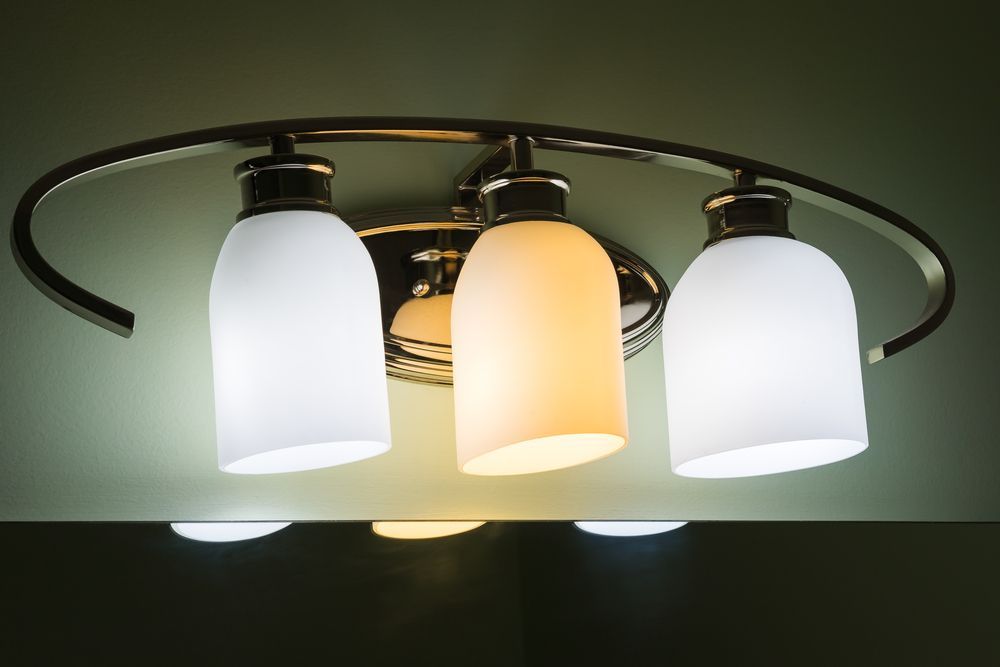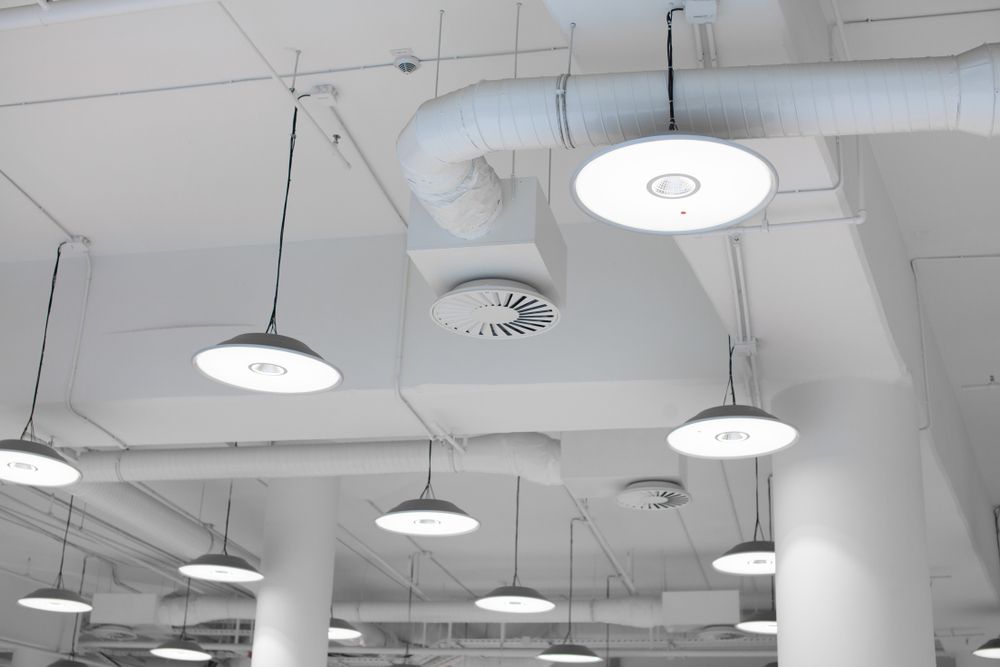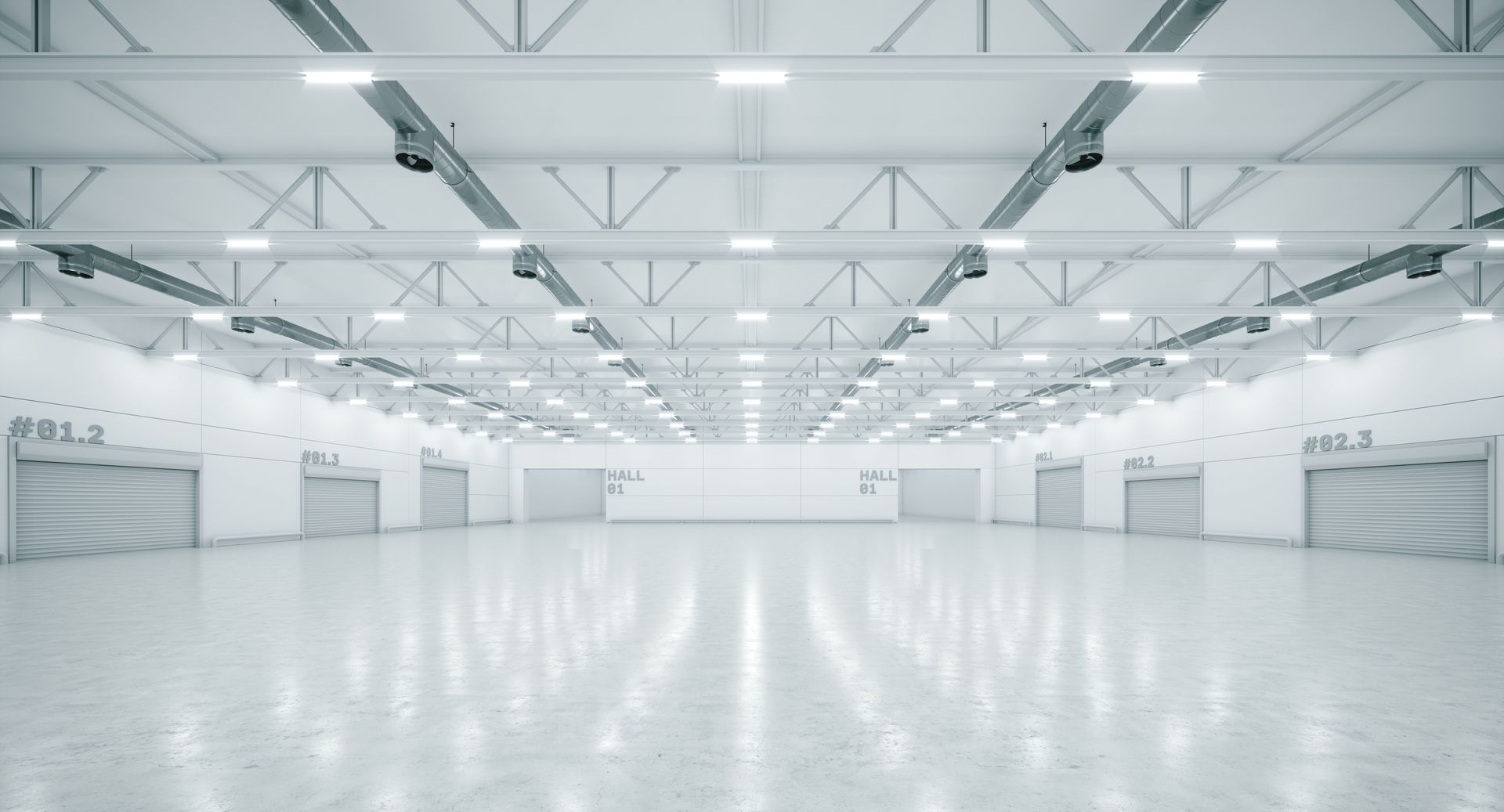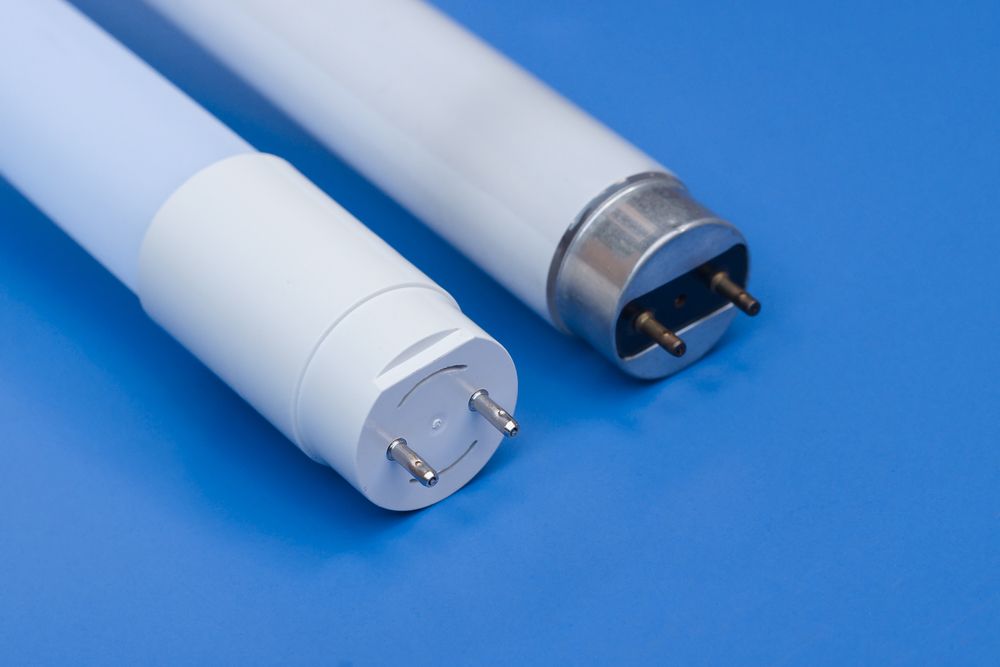 When you hear about LED products that will last for 50,000 hours, 100,000 hours, and more, where do those numbers come from and what do they actually mean? Manufactures love to talk about how long their products will last even though 90% of the time, the product will NEVER
last as long as they claim. How can they claim a product will last 100,000 hours (which converts to over 11 year if the product is on 24/7) if the manufacturer hasn’t even been around for 11 years and how do they get away with this?
When you hear about LED products that will last for 50,000 hours, 100,000 hours, and more, where do those numbers come from and what do they actually mean? Manufactures love to talk about how long their products will last even though 90% of the time, the product will NEVER
last as long as they claim. How can they claim a product will last 100,000 hours (which converts to over 11 year if the product is on 24/7) if the manufacturer hasn’t even been around for 11 years and how do they get away with this?
Let’s start by what they mean when they say 100,000 hours. In traditional lighting Rated Life means how long it takes for half the light bulbs in a test batch to fail . That’s right; a 50% failure rate helps prove a product’s rated life. Only in the lighting industry can you get away with stuff like that! With LED lighting they take it a step further. When LED manufacturers claim a certain rated life, they consider failure to be when a product can no longer produce 70% or more of the initial lumen output. They call this the “ L70 ”. So in theory, that is better than just saying the lamp is dead. At least there is still light coming out of it! But because the light is so degraded, the industry considers this a failure .
Now let’s go back to the issue that manufacturers are claiming 100,000 hour life yet the product has only been around for 2-3 years. What they do is something called a LM80 test , which is performed by an EPA accredited lab. A LM80 test is a standard that specifies test conditions and methods of measurement for determining the useful life span of an LED package, array or module. Here is how it works.
The test requires a minimum of 6,000 hours of observation with performance data collected every 1,000 hours and documented. The LM80 test stops at 6000 hours. The LM80 test is performed at 3 different test temperatures-55°C, 85°C, and one at the manufacturer’s choice.
So how do they get to 100,000? That’s where the TM21 worksheet comes in. The TM-21 provides a projection of the lumen maintenance of an LED source (package/array/module) based on data collected according to LM-80. The actual formula they use is: Φ (t) = B exp(-αt) . We are not going to get into the details of the formula here, but basically the rated life is an educated forecast.
Hopefully you are still with me. Here is the secret about LM80 and TM21’s. Because manufactures perform the LM80 test at 3 temperatures (2 of which are mandatory by the lab and one of those temperatures is their choice), MOST manufactures report what their rated life is based on the results of the test from the LOWEST temperature that they chose. This of course yields a stated rated life that shows the longest possible life . Great for sales, bad for the customer! If the product doesn’t have a good thermal management design, you can almost guarantee the product won’t last as long as the stated rated life. If they would disclose the higher temperature results you would find that the stated rated life would be up to 50% less!!! This is why thermal management is critical to making your choice of products.
When we evaluate products for our customers, we ask for all three test results in the LM80 report and the TM21 worksheet for all 3. We then look at how the fixture achieves thermal management. Based on this and other criteria, we make recommendations to our customers.
If it sounds like there is a lot of work to do to determine what a good product is, you are correct. That is why you need to work with a qualified company with over a decade of experience that understands these issues and has real-world experience implementing these solutions.












